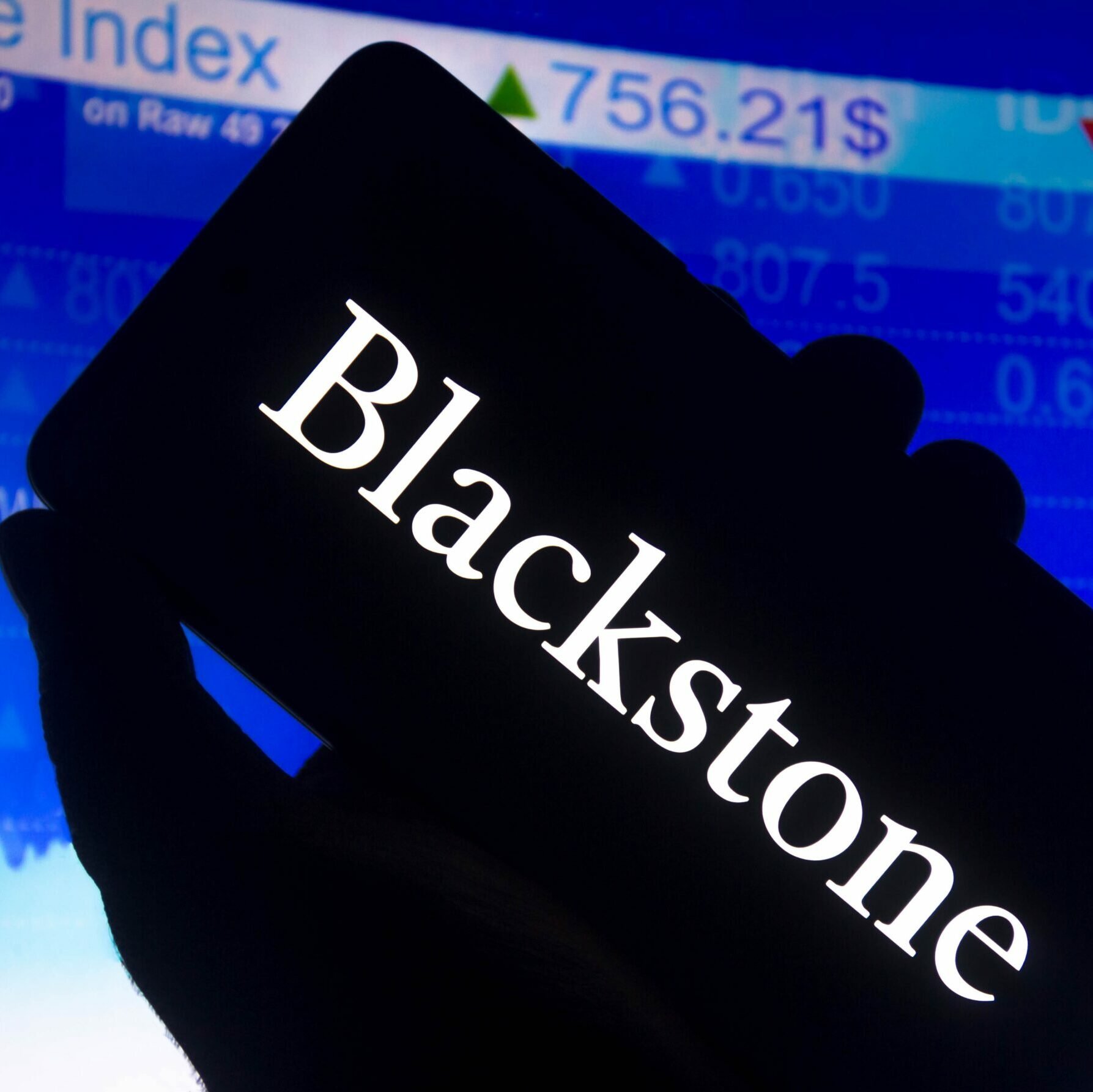Colin Etnire, Head of ESG, BC Partners
Climate change is rightly the most important theme for investors, both because it’s a fundamental existential issue, and one where investors’ ability to understand and integrate it into decision-making is rapidly maturing. Over the past year, most of our portfolio companies now calculate their own greenhouse gas (GHG) footprints, and we will continuously work toward improving our data quality and completeness after signing onto the Portfolio Carbon Accounting Financials framework. If a company is not taking at least initial steps towards reducing their footprint in 2022, it will rapidly be left behind.
In 2022, we expect a continuation of what we’ve seen in 2021: GPs without any internal ESG expertise will become ever more rare; large GPs will grow their teams to something more capable of managing their portfolios; and more ESG issues will be taken seriously by other functional areas, such as compliance. It will become more institutionalised, and less peripheral. Five years ago, ESG was put in the same bucket (in compensation, in organisation chart, and in the minds of leadership) as marketing. Now, it’s an essential operational function.
In terms of funds, we believe that the traditional structure will persist, with ESG-linked financing or explicit impact mandates proving to be more of a fad than a long-term revolution. We’ve always said “good ESG is just good investing,” and we expect that to lead to a convergence with traditional investing as the logical endpoint.
Luckily, we have had almost no historical exposure to fossil fuels, which is the sector where an ESG-driven transition is most obvious. However, there are certain carbon-intense sectors, such as cement production and some areas of agriculture, that are not directly linked to fossil fuels. As more businesses conduct GHG footprints, investors will become more aware of other high-risk sectors, which will then be pushed toward transitional paths of their own.
Over the five years I’ve been in private equity, there has been a notable change in the level of sophistication in the questions LPs ask regarding ESG. It’s no longer just policies, it’s no longer just personnel. Where it gets harder is when LPs push questions through to outcomes and performance. To some extent, that’s centring on quantitative elements such as KPIs, although that can’t measure everything. The most sophisticated questions we get are when LPs stress-test our ESG approach via specific portfolio companies, since that approach reveals which GPs merely have nice policies or case study highlights, and which GPs really have a strong ESG baseline across the board. I believe that’s an area that BC Partners compares favourably to its peers.
Through 2022 and beyond, a regional split in ESG regulation is certainly developing. The EU is trending towards specific mandated reporting and classification, while the US, via SEC enforcement, is focused more on holding firms accountable for whatever promises they themselves make. Canada and the UK are both considering their own regimes.
To me, this represents an adolescent stage of ESG development: welcome, but not without awkward transitions. Ideally, in the long run the regulatory frameworks will take a back seat to sophisticated LPs deeply understanding their ESG preferences and making allocation decisions based on it. That will lead to a more competitive ESG world than we have today, but that’s a necessary development if we ever want ESG to deliver on its promises of solving global challenges.
Ted Holmes, Founder, Blue Ocean Investment Partners
ESG is a core part of understanding our risks on a long-term basis, but there is a real problem with the data.
On a global level, we don’t have consistency and we don’t have auditability of what is reported, so the data is very sketchy on an underlying basis. On top of that, a lot of people are using scorecards and I have some fundamental issues using scorecards: the main one being that a critical issue for one company (that would from our standpoint make them un-investable) might get lost on a scorecard.
It comes down to the consistency and comparability of data and how it gets integrated into a scorecard and reported out.
You can have the same company and look at six different scorecard providers and get some very different answers. So a lot of this is still in the early stages. We need to look at the data going into these systems and the scorecards that come out. I think it’s important to investigate the individual companies and the individual issues and identify what are the critical long-term risk factors. The scorecards can miss that, so there is a real issue there.
It comes downs to the ESG team looking at the data and the scorecard and saying, “Oh you bought this thing that was a D-” and the portfolio team and the analysts saying, “Yes, but this is a really good return profile, so we are going to buy it anyway”, and so you get this disconnect. A firm can claim to do certain things, but if you look at the underlying data some are still holding things that look like the benchmark for lots of dirty companies.
I would also say, if you’re a large firm it’s easy to have the resources to report if you’re Article 8 or Article 9 [on the EU’s SFDR]. If you’re a small firm, even though you are clearly Article 9, you are saying you are Article 6 because you just can’t afford to do all the reporting that’s required. So there is this interesting dichotomy in the market between the larger and smaller firms.
From the underlying data point of view, one of the most interesting things to come out of COP26 was IFRS announcing the international sustainability standards board. We’re aware of what they have done on the accounting side, so if they can do the same on the sustainability side with some base case numbers, that will really help.
Avent Bezuidenhoudt, Investment Director, Earth Capital
Over the past two years there has been significant focus on integrating ESG guidelines into responsible investment processes. This focus was intensified by virtue of COP26 – especially in relation to the financial markets and the promises made by investors to deliver net zero in line with publicly made commitments and time horizons.
The delivery of these necessary but challenging targets can be significantly advanced by the private equity sector, where investors have greater influence over the strategic decisions made by portfolio companies than they would in the public markets. Therefore, we expect that 2022 will see ESG considerations becoming central to investment decision-making and will drive private equity processes.
We believe that LPs’ focus will be on ensuring that their money is being utilised effectively to deliver their net zero ambitions, while maintaining strong financial returns and making a meaningful impact. This will require the private equity industry to be truly transparent with its achievements, and work towards a model framework for providing the appropriate measurement data so that investors can understand how their funds are being deployed to improve businesses and make industries more sustainable, as well as allowing for real performance comparisons between fund managers.
As the devastating effects of climate change continue to be felt around the world, we will be looking to the innovators to find novel solutions to address these issues, and to the finance sector to provide the necessary resources to ensure these businesses are funded and can grow sustainably. The emergence of climate tech businesses must be encouraged, with more investors focusing on these critical solutions.
The ongoing outbreak of Covid-19 has shown how our reliance on “business as usual” has faltered, with increased concerns for food, water and energy security, and the effects on our society and environment becoming significant considerations for future asset allocation. The emergence of the Omicron variant in late 2021 has further shown that the pandemic is far from over. Despite the ongoing rollouts of the vaccination programmes around the world, Covid-19 disruptions and lockdowns are likely to continue throughout 2022, making business planning difficult and delaying decision-making. It will be vital for companies to be well-financed to weather the storms, and for them to be sufficiently nimble to react quickly to changes as they happen. Strong management teams have always been a key factor for investors, but now this will be more important than ever.
Sustainable investing and the focus on ESG impacts need to be seen as the norm across the private equity industry, with a focus from investors on delivering a just transition as we drive towards net zero. The current debates around reporting, transparency and delivering a market standard must also continue if we are to achieve real change. This will take commitment and co-operation from all stakeholders but, if successful, will ensure that funds continue to flow into impactful opportunities and that the private equity sector drives the right decisions.
Vivek Bapat, Senior Executive, SAP
Sustainability trend lines across 99 per cent of every industry are upward for C-Suite sentiment for sustainability, meaning that it’s an important factor to most industries, from media and entertainment to biotech and life sciences.
The real challenge of the moment is going beyond aspirations related to sustainability, which might be three, five, 10, or even 30 years away, and moving towards the activation of sustainability across core business activity.
The focus of business leaders should now be to ensure that there is no “authenticity gap” between aspiration and activation, and that companies don’t communicate something without a clear, well thought-out operational plan. From a brand perspective, companies who come up with these claims but have nothing to back them up are at risk in terms of their authenticity and purpose-washing, exposing themselves to substantial erosions of brand equity.
One of SAP’s recent studies, of more than 3,000 companies globally, showed that, in the context of financial reporting and thinking of sustainability as a material aspect of a company’s profit, only 17 per cent strongly believed that the impact of sustainability was immediately financially relevant to their business performance. This group, which we called the ‘Nows’, were quick in enacting sustainability-led operational transformation as a clearly designated business priority across their core business. However, 22 per cent felt that sustainability was imminent and relevant but wanted to take a ‘wait and watch’ approach. A further 61 per cent wanted to see how this affected other companies first before enacting anything themselves.
In the 17 per cent group, we found that sustainability has been driven from the top down – from the C-Suite or, in many instances, as a board mandate. This was a counter-intuitive finding, as most of the external coverage of sustainability issues is related to employee and consumer activism. Clearly in many firms, we believe that the C-Suite is in a leadership position to drive sustainability transformation in a big way – just like with digital transformation in the past.
We also identified the operational challenges of driving sustainability.
Seventy-nine per cent of companies surveyed were dissatisfied with the quality and access to the right financial and non-financial data required to drive sustainability transformation. This means that the scope of data is at the heart of the sustainability movement in terms of trying to solve this issue.
But this isn’t the only problem; another issue is driving sustainability at scale. Companies want to drive sustainability at scale by embedding these data insights and driving them into their core business processes, whether it’s procurement, supply chain, finance, or recruitment. The common understanding is that sustainability can’t be a side-car project, it must be brought into the core of the business for progress to be made at the relevant scale and speed. One third of companies in our survey did not know how to integrate sustainability into their core business strategy, systems, or processes.
We also found that the higher the level of digital maturity, the better a company’s ESG performance has been and will continue to be. The opportunity for companies to move and accelerate into sustainability transformation at scale readily exists for those already invested in digital transformation technologies.
Chris Matteini, Head of Investment Research, Sustainability and Equity-Oriented Assets, TIFF Investment Management
TIFF has incorporated ESG analysis into all its investment decisions since 2017. Since then, we have seen a meaningful uptick in client requests for access to ESG-like strategies. In response, TIFF formally launched its dedicated sustainable investment strategies in 2020. These strategies employ a combination of sustainable investments strategies, including ESG integration, corporate engagement, exclusionary screens, and investment in sustainability themes, such as energy transition, resource efficiency, healthcare and water.
Endowment and foundation clients often ask about sustainability. During our analysis on the mandatory global carbon markets, we reviewed many carbon-reducing technologies and are now in the process of researching energy transition managers. We have European managers and a Taiwanese market-neutral manager who have already formally incorporated ESG into their investment process.
We expect continued growth in ESG product demand and development. While divestment and ESG risk assessment will continue to be widely used strategies, we expect a continued shift toward thematic and impact investments: investing in businesses helping to solve environmental and social ills. We expect climate change and racial equity to continue to be key areas of focus. Engaging with corporates on ESG issues to drive change will also be a key strategy.
Individuals and institutions will tailor their portfolios to align with their missions and values. This is more difficult in public markets, though there are plenty of interesting opportunities to invest sustainably. In private markets, investors can target very specific themes and geographies.
Continued consolidation in ESG reporting frameworks is a positive step. If we are to improve ESG data collection and reporting, we need universally agreed-upon frameworks. The creation of ISSB (the International Sustainability Standards Board) is a great development for this to happen.
Tara Cleaver, Investment Director, Crewcial Partners
At Crewcial Partners, our diversity and ESG work has been a priority for several years, and diversity and ESG continue to be important objectives for the firm. We believe that having differentiated perspectives and investing responsibly can have a positive impact on organisations, society and investment returns.
Our diversity and ESG framework is deeply embedded into our firm’s culture and research process. We consider diversity and ESG factors in parallel when we evaluate a manager, based on qualitative and quantitative metrics. We also have a member of our investment team who is dedicated to sourcing diverse managers, and another member of our investment team who leads our ESG efforts.
We define ‘diverse’ as managers that are over 50 per cent owned by women and/or ethnically diverse individuals. We pay attention to the diversity of the talent on an investment team, but the majority ownership is an important measurable characteristic. Approximately 90 per cent of our clients have at least one allocation to a diverse manager, and over 10 per cent of our advised assets are invested with diverse managers.
We have built a robust pipeline of diverse managers over the years and quantify our efforts to ensure that we are continuing to make progress. Diverse manager meetings represent approximately 25 per cent of all manager meetings at Crewcial – that is compared to approximately 1 per cent capital in the industry that is managed by diverse individuals. So, while we may be happy about the progress we have made in this area, there remains a significant amount of work to do. Crewcial believes that diversity of thought leads to improved investment outcomes over the long-run, and that has certainly been the case in our experience. Our outreach efforts have been successful in that we have been able to source talented diverse managers, and the benefits have materialised in our clients’ returns.
Crewcial advises endowment and foundations, so ESG has always been important to our clients and, over time, we have seen ESG become increasingly meaningful to them. There is a myriad of sustainable investing approaches that have emerged, as capital owners and allocators discover ways to increase returns and target sustainable investing outcomes. The three primary sustainable investment approaches include ESG, SRI and impact, all of which enhance traditional investment analysis to identify potential risks and opportunities.
ESG (Environmental, Social, Governance) incorporates environmental, social, and governance factors into the investment process, SRI (Socially Responsible Investing) applies positive or negative value/impact screens to determine investment priorities, and impact funds aim to deliver specific and measurable impact goals alongside of their financial return targets. Some clients take this to the next level by including SRI, ESG, and/or impact goals in their investment policy statement. When clients generate superior investment returns while making a positive social or environmental impact, it’s a win-win.






